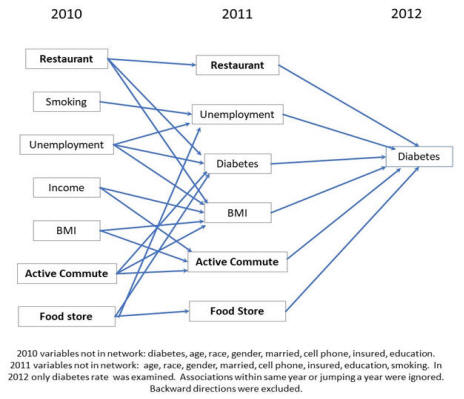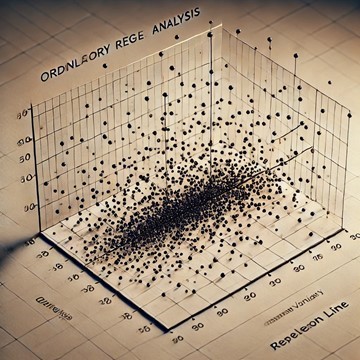HAP 719: Advanced Statistics IExercises in Ordinary Regression
Learning ObjectivesAfter completing the activities this module you should be able to:
Lecture
AssignmentsAssignments should be submitted in Blackboard. The submission must have a summary statement, with one statement per question. All assignments should be done in R if possible. Question 1: The attached data show the percent of diabetes in different 2,228 counties within United States in 2010, 2011, and 2012 years. We want to understand if access to food stores affects diabetes. Regress incidence of diabetes in 2012 on 2011 and 2010 variables. 
Resources for Question 1:
Question 2: A cross-sectional study was conducted to examine depression in a sample of male, elderly subjects residing in a senior living community. Depression was measured by a depression score. Several independent variables were included in the analyses such as socio-demographic, psychological and physical health related measures as well as social support. All of the variables (dependent and independent) are continuous. Using the results of this analysis, answer the following:
Resources for Question 2: This page is part of the HAP 719 course on Advance Statistics I and was organized by Farrokh Alemi PhD Home► Email► |
|

